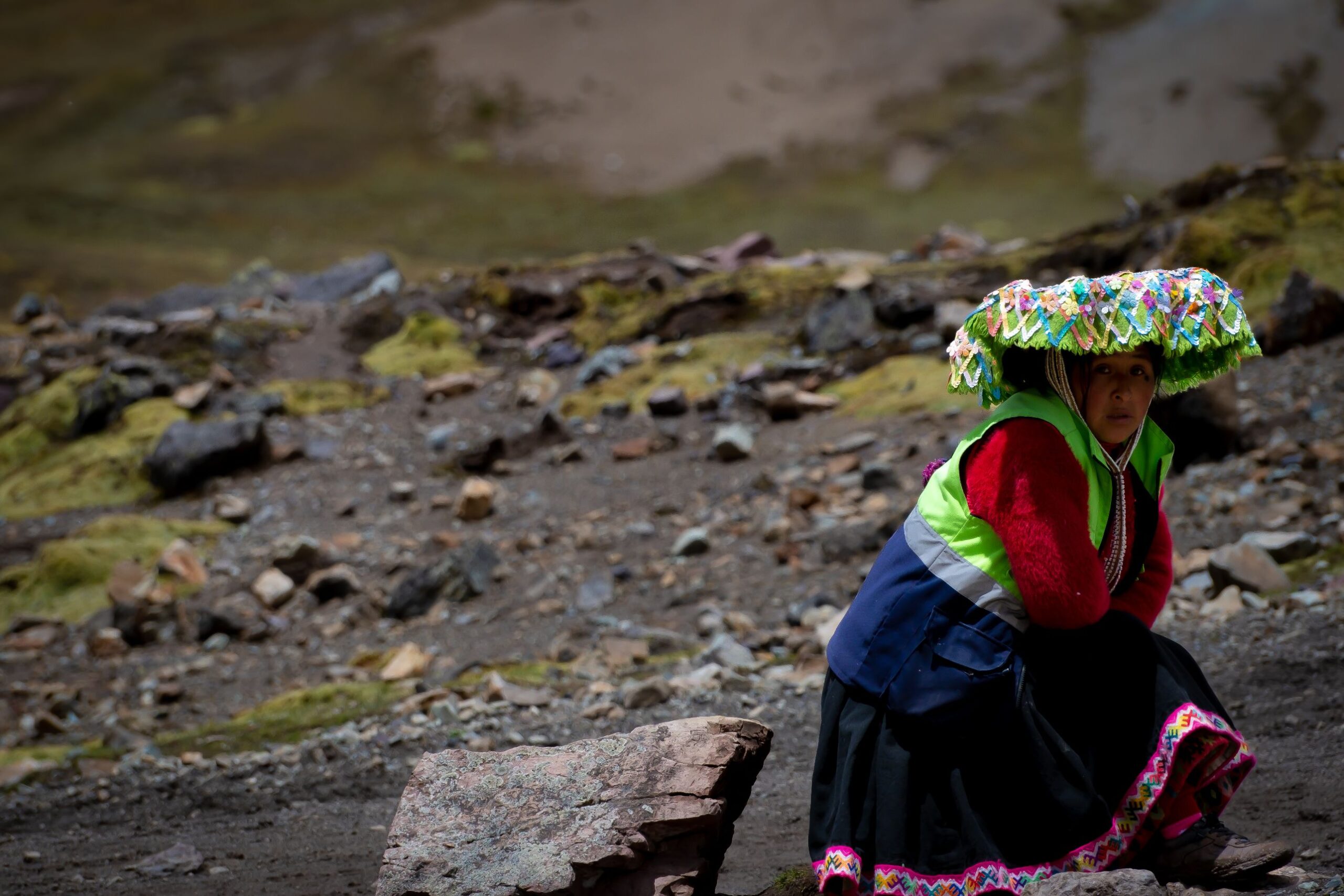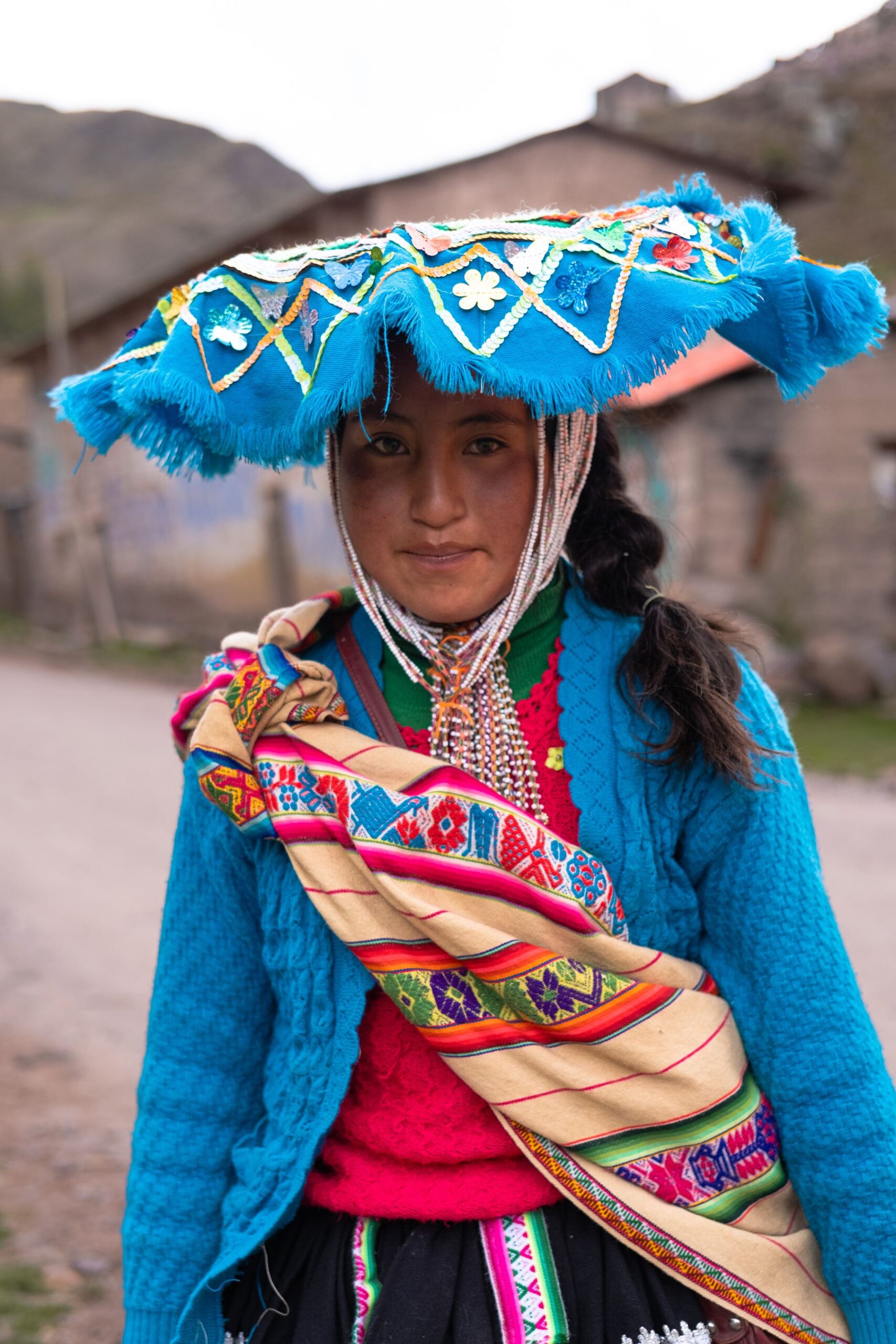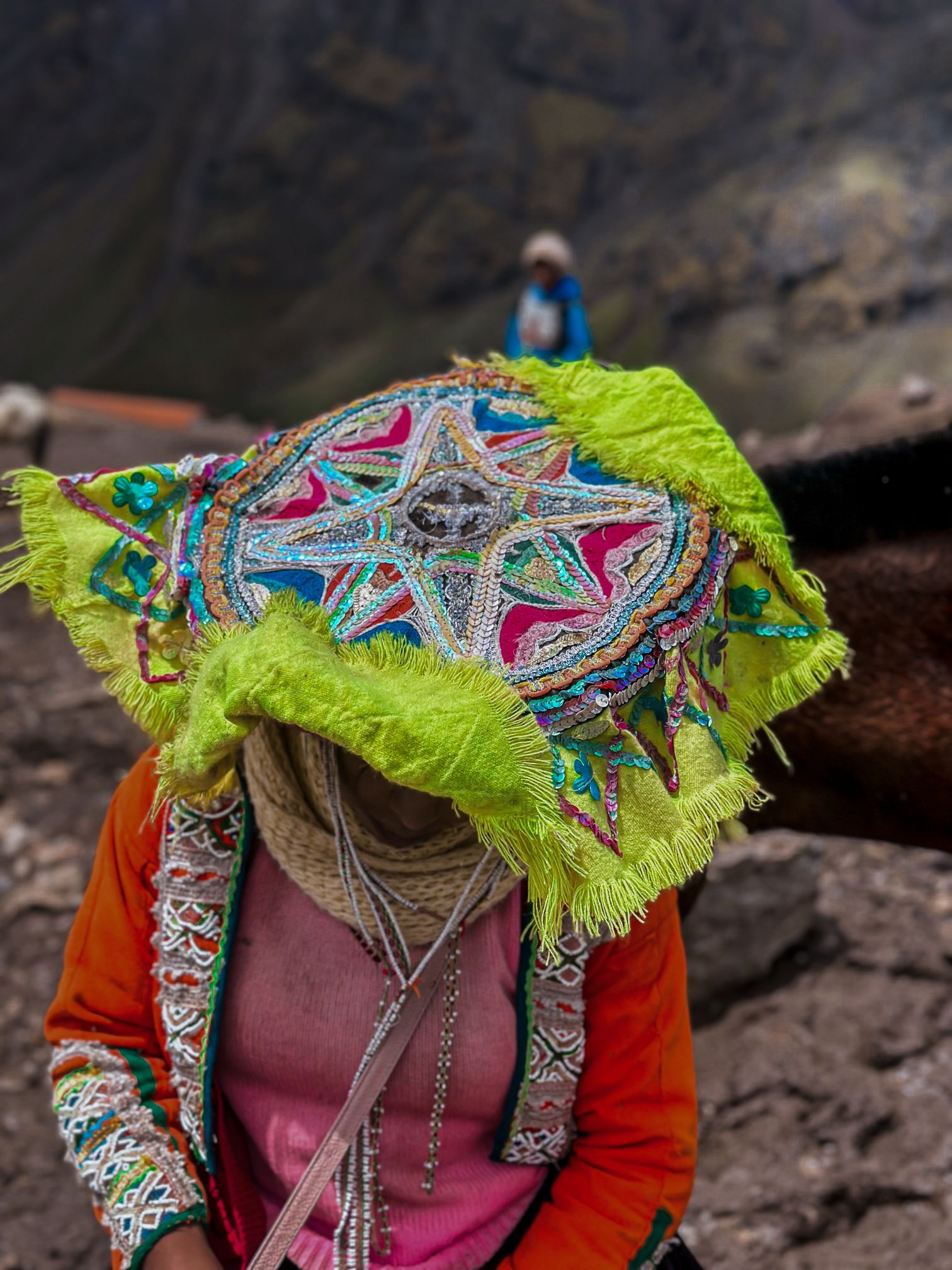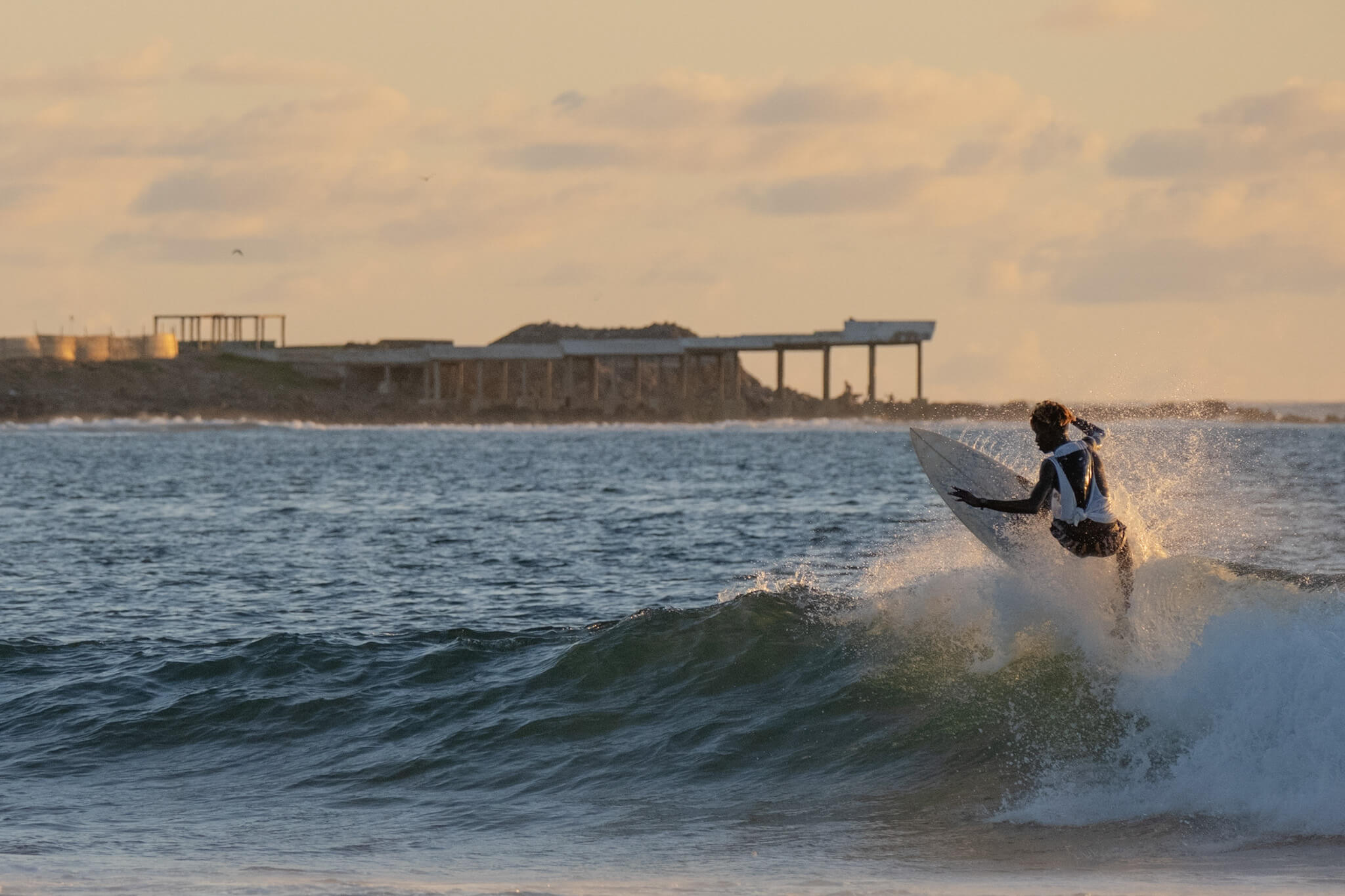Hiking through the Peruvian Andes the colorful surroundings are striking. Whether it’s the natural tones of the foliage and the mineral deposits along the hillsides or the more artificial colors of the alpacas festively dressed by their owners, the palatte is varied and endless. However, despite the ever-varying display of hues the most powerful use of color is that of the Chillihuani women in the Quechua speaking tribes at the base of the mountains.
No matter where you travel in the world there are many parts of the human experience that are universal – family, friends, love. And whether you’re reluctantly devoted to dating apps or determined to find your person in the real world, the search for love echoes throughout culture and language. The rituals surrounding the search for a partner can vary dramatically from one region to the next, but the underlying desire to find your best self in another person keeps us united as humans.
While hiking through the lower levels of the Andes the traditional fashion of the local people steals the scene. And while the vests and high socks of the men was reminiscent of days gone by, it was the florescent colored headgear worn by the women that continued to be a talking point between my guide and myself as I made my way 5,000 meters up to the top of Montana Vinikunka.
As you ascend the peak there is no shortage of locals selling artisanal wares or snacks, especially the coca leaf treats that helped hikers fight the pains of altitude sickness. Young kids on school vacation hawked small furry alpaca toys or vibrant knitted caps emblazoned with “Peru” across the front from the windows of wooden sheds. While most of the young boys wore clothing more in line with western fashions of jeans or a hoodie, the young girls, whether by choice or tradition, stuck closer to the threads of their elders and ancestors.

Personal expression is an important part of everyone’s development. Experimenting and finding your style often dominates our adolescence and leaves more embarrassing photo evidence than we are proud to admit. While less about side bangs or American Eagle layered tanks, young women in particular in the Chillihuani people find their self-expression in the form of highly styled hand-made hats called montera.
These large circular caps are draped in a slightly larger layer of fabric, allowing the excess to float over the ends of structure of the hat and billow slightly in the cool breeze of the Andean mountains. Usually made by the wearer, each pattern or color combination is unique and allows the women to express themselves through neon lace, ribbon, or even sequins. Contrasted against the often muted tones of the nature surrounding them, the colors of their montera are a feast for the eyes.


What makes the headgear even more interesting is the subtle purpose they serve – letting interested gentleman know whether the wearer is single or married. The bright, striking colors of the neon rainbow are reserved for the single women in the tribe. The older married women opt for a more subtle montera with a base of black and fewer embellishments in more simple patterns. The parallels to stereotypes in western culture of the lengths single women must go through to appeal or attract a mate are firmly rooted beneath the surface of hundreds of years of tradition in a remote culture a world away.
Internet service, and even electricity in some areas, is scarce and so traditional means of communicating the desire for romance still reign supreme. And again, whether by choice or tradition, the flamboyant styles of the single woman’s montera act as a beacon in a world where Bumble has yet to find a stronghold.




